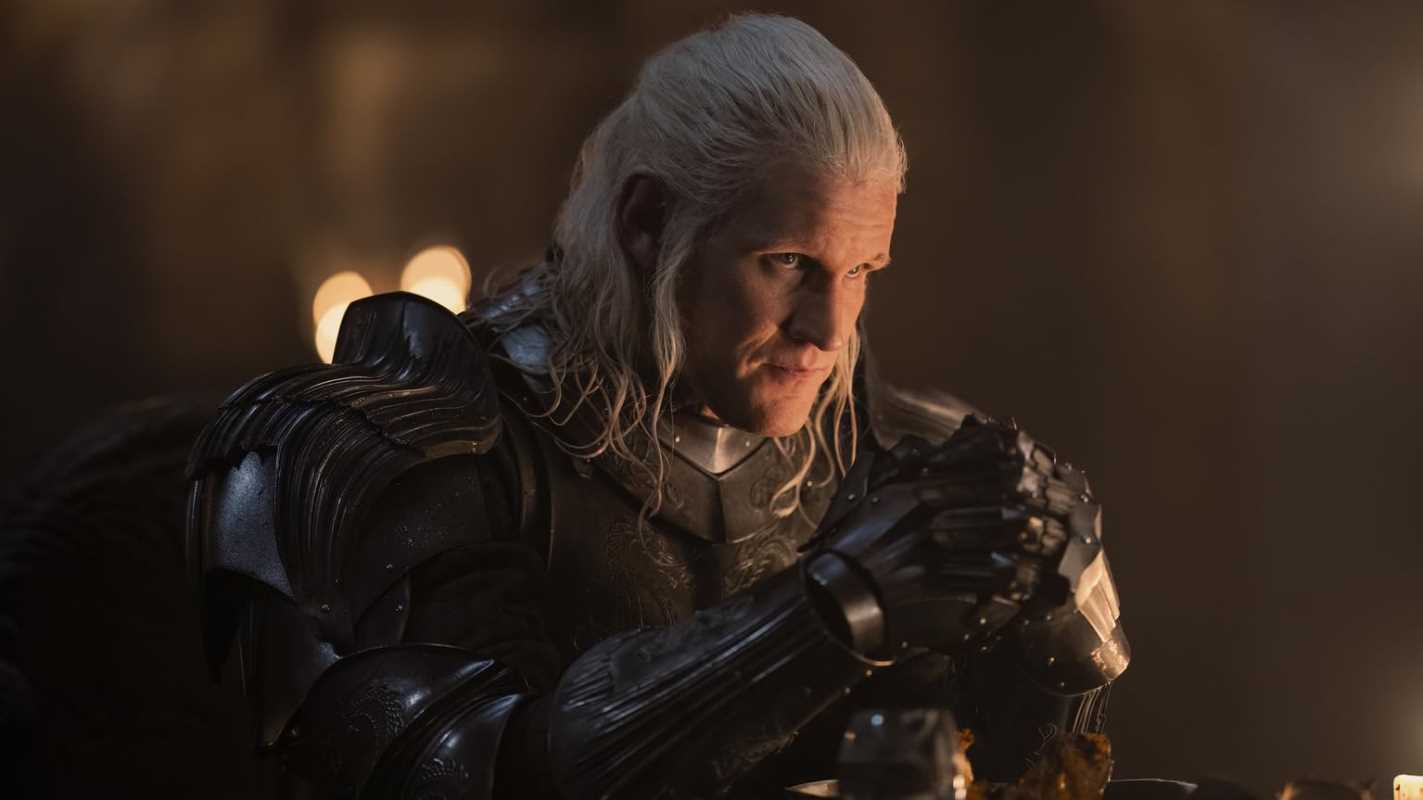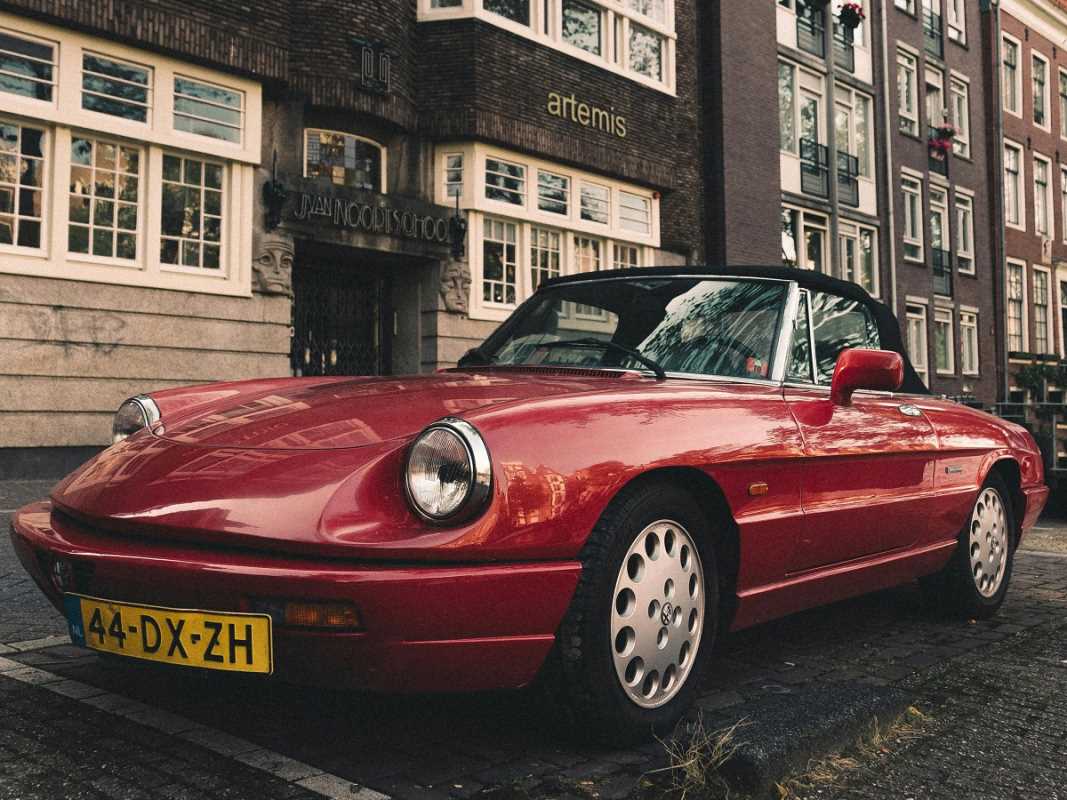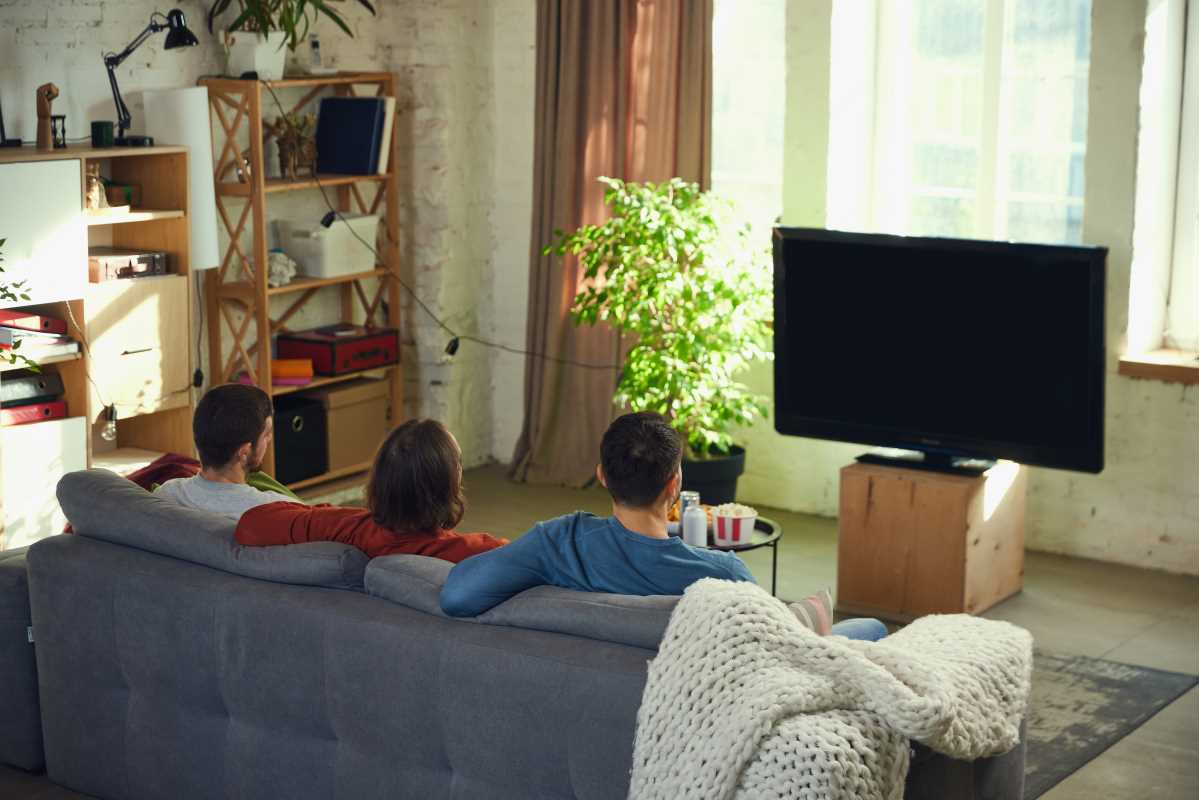Once upon a time, “cinematic” was a word reserved for the big screen. Epic sweeps of landscapes, breathtaking lighting, the kind of sound design that rattles your bones. These were the hallmarks of films, the artistry you expected from the latest blockbuster—not the TV shows you’d catch after dinner. But times have changed. If you’ve recently found yourself swept up in a drama that feels more like a feature film than a traditional TV show, you’re not alone.
The worlds of TV and cinema have collided, and the result is a lineup of shows that blur the boundaries between the two mediums in thrilling new ways.
TV Isn’t TV Anymore
It’s difficult to pinpoint the exact moment TV began to feel like cinema, but many trace this transformation back to a golden age heralded by shows like The Sopranos, Breaking Bad, and Mad Men. These weren’t just entertaining dramas; they set new benchmarks for storytelling. Audiences were captivated by characters who were deeply flawed and richly dimensional, and by cinematography that was every bit as thoughtful as what you’d see on a big screen.
Fast forward to today, and those early trailblazers feel like stepping stones to something even more ambitious. Streaming services have taken the torch and run with it, redefining what small-screen entertainment can achieve. The days of episodic TV being cheap, formulaic filler are gone. Now, turning on your favorite streaming platform might feel more like stepping into the grandeur of a theater, with the added luxury of enjoying it from the comfort of your couch.
What Does Cinematic TV Even Mean?
“Cinematic” is about more than budgets or fancy visuals. It’s a complete sensory experience, integrating techniques that used to be exclusive to films. Here’s what sets cinematic TV apart and gives it that movie-like magic:
1. Film-Grade Visuals
Cinematic TV embraces the art of visual storytelling. Wide, sweeping shots take in a landscape like it’s a character in the narrative. Intense close-ups pull at our emotions, while moody lighting and perfect composition give each frame its own personality. Take The Queen’s Gambit, for example. Every shot is meticulously constructed, almost like a painting. The symmetry of a chessboard is echoed in the visuals, creating beauty that complements the story’s intellectual undertones.
If you’ve seen HBO’s Chernobyl, you know how devastating visuals can be. The muted palette and eerie lighting create an atmosphere that’s as oppressive as the story itself, giving the whole show an almost documentary-like authenticity.
2. Sound and Score
Music is no longer filler in television. It’s a foundation. Just think of the haunting violin score of The Last of Us. The chords practically vibrate with loneliness and survival, perfectly matching the tone of its dystopian world. Sound design has also stepped up. Shows like Euphoria don’t just rely on dialogue. Ambient noises, heavy bass, and sudden silences evoke the textures of teen turmoil as much as words do.
Remember Stranger Things? Its synth-driven soundtrack isn’t just nostalgic; it’s integral to the storytelling. That electronic hum ties the setting to a distinct era while electrifying every supernatural moment.
3. Directorial Ambition
Directors are raising the bar in television like never before. Long, uninterrupted takes, like the six-minute tracking shot in True Detective Season 1, elevate storytelling. Each frame contributes to the mood and tension as masterfully as in any blockbuster or indie darling. Directors are also employing nonlinear storytelling, like Westworld, which keeps viewers guessing as timelines overlap in mind-bending ways.
Take The Mandalorian. The use of virtual production harnesses technology like “The Volume,” projecting sprawling landscapes and space-age environments on high-definition LED walls. The result? A visually seamless galaxy far away that rivals the mainline Star Wars films.
4. Storytelling Scope
If once TV storytelling emphasized episodic arcs designed to “reset” characters, cinematic storytelling now revels in layered narratives. Emotional depth and slow-burn suspense are the order of the day. Shows like Succession weave Shakespearean power struggles with sharp wit. Meanwhile, Fargo embraces anthology structures, delivering nuanced morality tales through a different lens each season.
Stories are no longer confined to neat resolutions. Both characters and plotlines are left hanging at times, mirroring the complexity of real life. It’s bold, resonant, and stays with you long after the credits roll.
Why Do Shows Look and Feel Like Movies Now?
The answer lies in the skyrocketing stakes of the streaming wars. Platforms like Netflix, Hulu, Apple TV+, Amazon Prime Video, and Disney+ are competing fiercely to grab your attention in a crowded market. One surefire way to do so? Put movie-sized budgets behind their series and open the creative floodgates for filmmakers.
Take The Witcher, a fantasy juggernaut brought to life with dazzling VFX and intricate costumes. A show based on a beloved video game franchise like this couldn’t afford to feel small. Each fight sequence competes with what you might see in a summer blockbuster.
There’s also the undeniable pull of A-list talent. Look at Big Little Lies, with Nicole Kidman, Reese Witherspoon, and Laura Dern delivering powerhouse performances, or The Morning Show, where Jennifer Aniston and Steve Carell lend gravitas to an explosive newsroom drama.
These platforms know that standing out doesn’t just mean looking good. Bold, audacious storytelling ensures longevity. Viewers notice the difference, and they come back for it.
The Tech Revolution Behind Cinematic TV
Technology plays an enormous role in this evolution. Virtual production used in The Mandalorian has allowed creators to build expansive worlds efficiently, reducing costs without sacrificing quality. Similarly, advances in CGI, coupled with HDR-capable TV screens, mean viewers can enjoy near-theatrical visuals right at home.
Even the way television is shot has changed. Higher frame rates and innovations like drone cameras give directors more tools to experiment. Consider House of the Dragon. Sweeping aerial shots aren’t just technically showy; they’re pivotal in portraying the scale of inter-family battles and a kingdom in turmoil.
Must-See Cinematic TV
There’s an endless array of shows to explore, all blurring the boundaries between TV and cinema. Here are more examples that illustrate just how far the medium has come:
- Severance: Corporate thriller meets experimental visuals. This Apple TV+ series uses stark, symmetrical offices and surreal transitions to visually represent fractured identities.
- Black Mirror: With each episode operating like a mini-movie, this anthology challenges both technology and society, using imaginative direction and striking imagery.
- The Boys: This Amazon Prime superhero satire boasts high-octane action and biting social commentary. Its production design and world-building rival major action franchises.
- The Bear: Centered around one chaotic restaurant kitchen, this show delivers gripping performances, tight-knit direction, and powerful tension, elevating what could’ve been a simple workplace drama.
How Audience Expectations Have Evolved
Audiences today expect more. We live in a binge-driven era where our collective attention spans have paradoxically shortened and deepened. We want instant connections, but we also want narratives that reward investment. Game of Thrones, for better or worse, taught us the thrill of ongoing discussions about intricate plots.
This shift in expectations isn’t limited to narrative depth. Viewers now demand visual sophistication. It’s no longer enough for a series to be entertaining; it needs to look good on that 4K screen you just bought.
This emphasis on quality over quantity is shaping the future of streaming. While some networks churn out filler content, others, like Apple TV+, are building reputations on select, high-quality productions. The result? A viewing experience that’s worth your time and money.
What Cinematic TV Means for Viewers
Perhaps the best development is this shift gives viewers power. You no longer need to plan a night out or shell out for overpriced popcorn. Everything—from glittering period dramas like The Crown to bombastic spectacles like The Expanse or Arcane—is just a button press away, ready for you to watch at your leisure.
The ability to pause for snacks, watch into the night, or rewind to catch a favorite moment means cinematic TV fits seamlessly into our lives. It’s an experience uniquely suited for the modern world.
Looking Ahead
What comes next? If this is the standard now, where could cinematic TV take us in another decade? Advancements in AI-generated environments, increasingly immersive soundscapes, and daring storytelling promise that the best is yet to come. Just imagine interactive episodic content or AR-integrated viewing experiences that change based on where or how you watch.
Grab your remote. Thanks to this new cinematic approach, every night in front of your TV is a potential blockbuster premiere. TV may never be just TV again, and isn’t that something spectacular to behold?
 (Image via
(Image via





